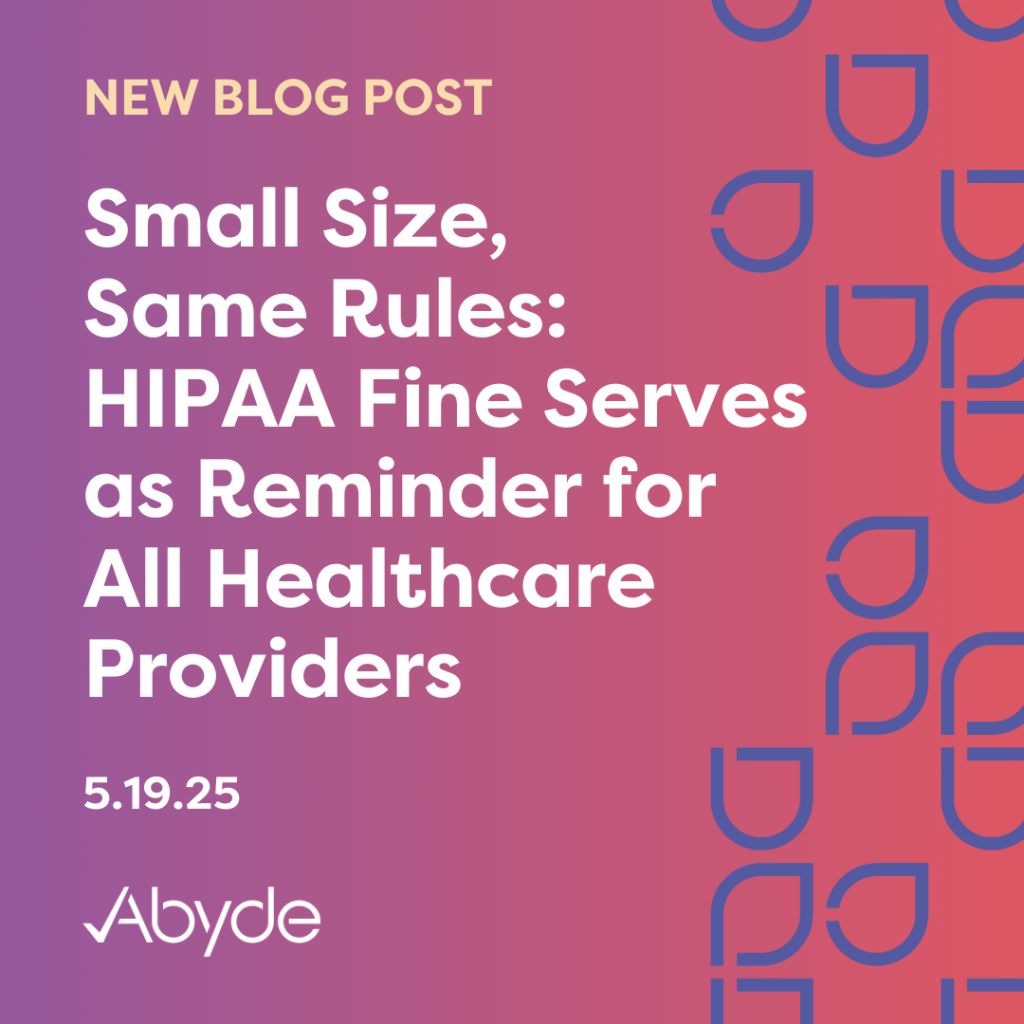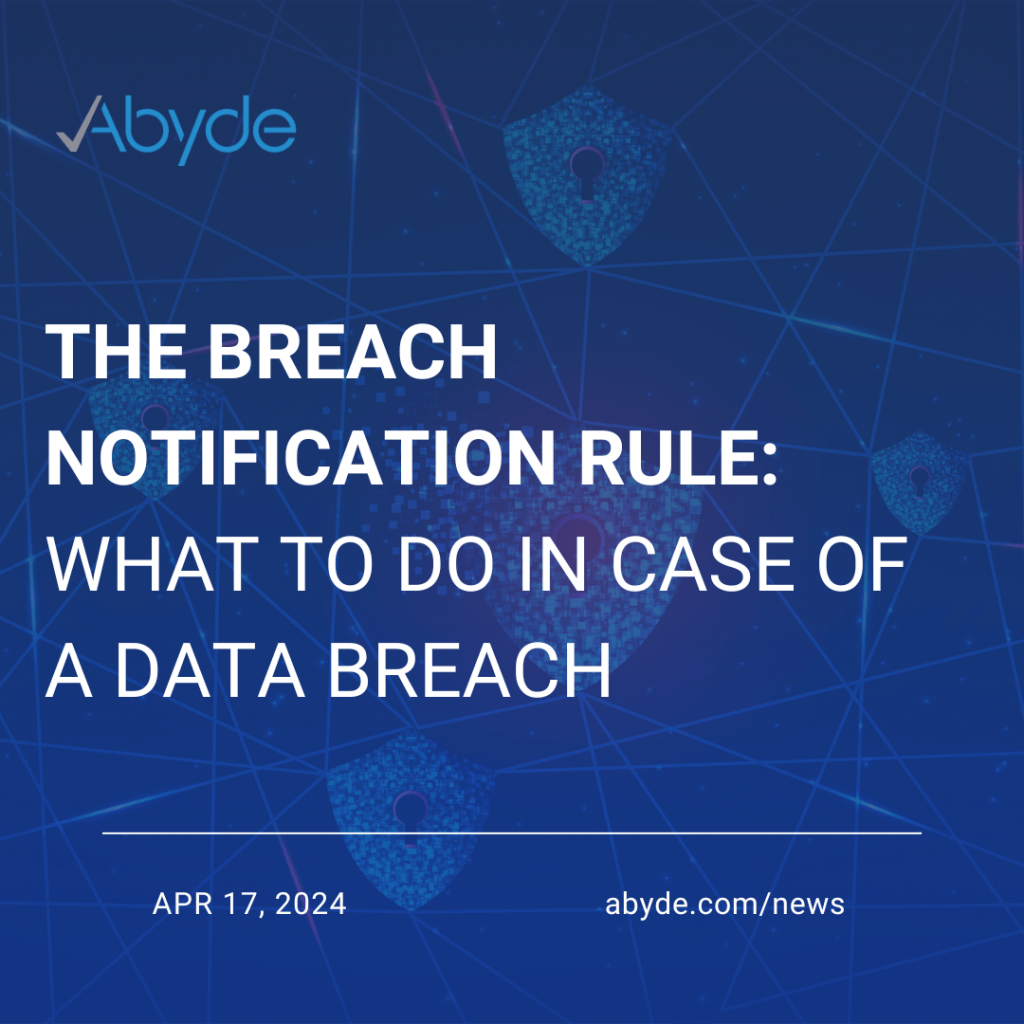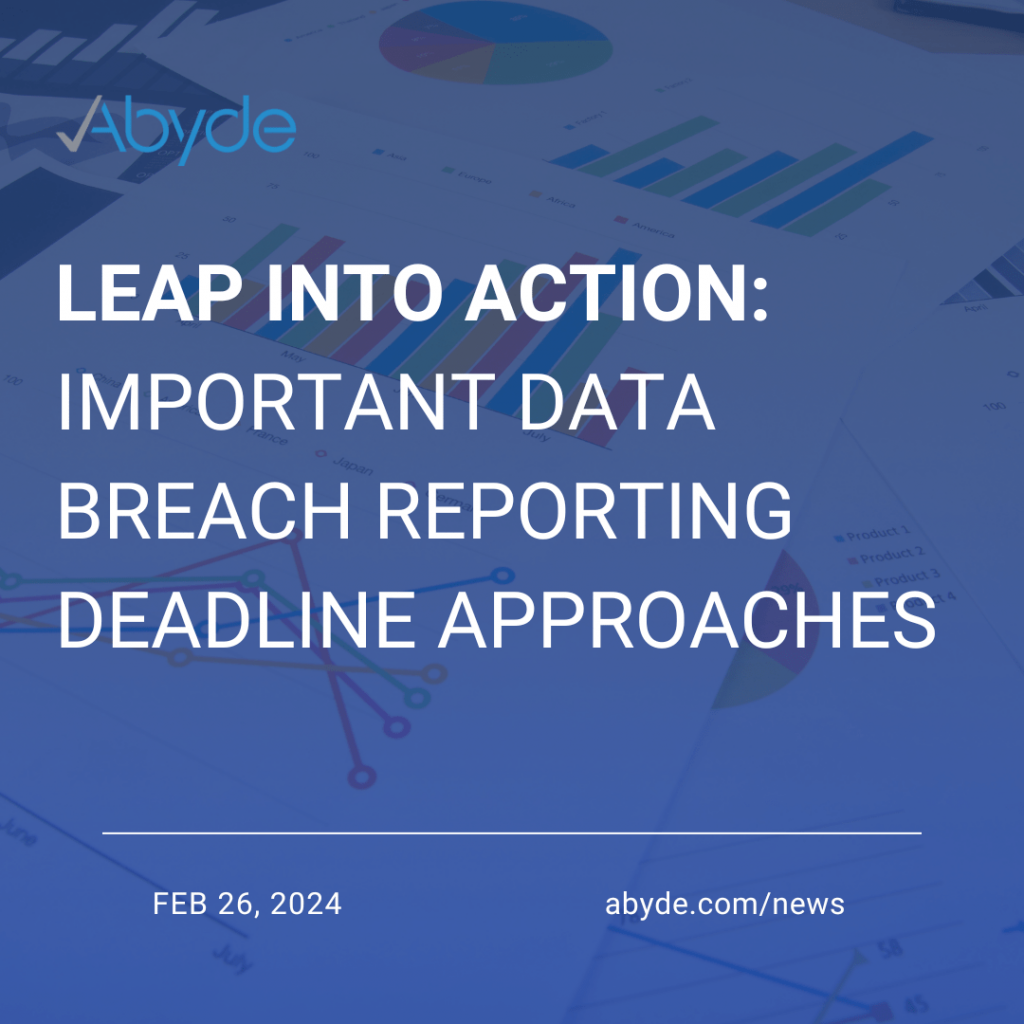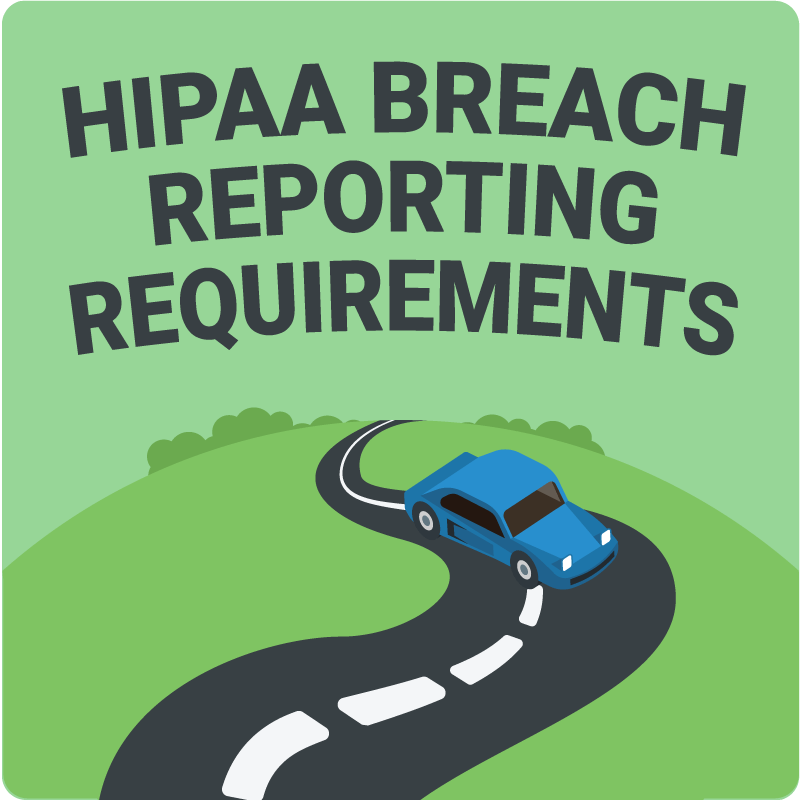May 19, 2025 HIPAA compliance is not just a recommendation; it’s a requirement, no matter how small your organization is. The latest HIPAA fine is a testament to this, with Vision Upright MRI the latest practice to be penalized. The small California MRI center experienced a significant breach, which exposed several violations in the fallout. Acting Office for Civil Rights (OCR) Director Anthony Archeval emphasized the widespread cybersecurity risks, noting that these threats impact healthcare providers of all sizes: “Cybersecurity threats affect large and small covered healthcare providers.” Vision Upright MRI was fined $5,000 and will now face a two-year Corrective Action Plan (CAP), being monitored by the OCR. This fine showcases that no practice, big or small, must be followed to keep patient data safe. What Happened? At the end of 2020, Vision Upright MRI experienced a breach in its systems due to an insecure server. This cybercrime exposed over 21,000 patients’ medical images, leading to the OCR’s investigation. The investigation discovered that the MRI center had never completed a Security Risk Analysis (SRA). The SRA thoroughly examines a practice, reviewing all current safeguards to secure Protected Health Information (PHI). These safeguards can include physical barriers the practice has implemented, like locked doors and alarms, and the administrative techniques the practice follows, like routinely checking access to sensitive patient data. The SRA is critical for a compliant practice and should be completed annually and after any breaches. While the SRA is a fundamental requirement for a practice, it is unfortunately often overlooked. The OCR has implemented a Risk Analysis Initiative to ensure practices are completing this requirement, and has reinstated the audit program, reviewing if regulated entities are maintaining this document. In addition to missing the SRA, Vision Upright MRI did not properly notify affected parties within 60 days, violating the Breach Notification Rule. The Breach Notification Rule requires practices to notify patients within 60 days of discovering a breach, regardless of how many were impacted. This short timeline allows patients to take the necessary precautions for the safety of their data. The practice should also provide credit monitoring. Since this event impacted well over 500 patients, the threshold to consider the situation a large breach, Vision Upright MRI also needed to notify the media and the OCR within a 60-day timeline. Communicating this is imperative, allowing the OCR to swiftly begin its investigation and potentially affected patients to receive information through media channels. These serious missteps led to the monetary settlement and years of government monitoring. Streamlining HIPAA Compliance Even a small practice doesn’t require overwhelming resources to be HIPAA compliant. The right compliance program can simplify HIPAA compliance. With smart solutions, the SRA can be completed easily, reviewing questions and potential vulnerabilities the practice faces. Additionally, breaches can be reported in intelligent software, with compliance experts assisting practices through alerting patients and the OCR. Meet with an expert today to learn how to automate your compliance program.
The Breach Notification Rule: What to Do in Case of a Data Breach
April 17, 2024 Imagine this: it’s a quiet Wednesday morning at the practice. As you’re watching the clock tick criminally slow to lunch hour, you check your email. It looks like your boss sent you an email! He wants you to print out the attached file. You absent-mindedly click on the file, and your once quiet morning is completely flipped on its head. The email was a phishing scam! If you looked a bit harder, you would have noticed it didn’t actually come from your boss, but an unknown suspicious email. The malware begins to infect your computer, starting to wreak havoc. What are you going to do? Email phishing scams are a common example of a breach, exposing patient data. Other forms of breaches include: stolen laptops, improper disposal of PHI, and overall, any time unauthorized access to sensitive patient data. Breaches, unfortunately, happen pretty often, affecting millions of patients. In 2023, over 133 MILLION patients’ information was exposed in breaches. What’s the HIPAA Breach Notification Rule? Now that we’ve painted a scary picture, let’s talk about what you can do. This is where HIPAA’s Breach Notification Rule comes in. The Breach Notification Rule is one of the pillars of HIPAA and guides Covered Entities (CEs) and Business Associates (BAs) when it comes to breaches. It mandates required information about a breach and how patients need to be notified of their exposed data. What Should I Do? Well, first, don’t panic! Time is of the essence when it comes to a breach. Here’s a step-by-step guide on what to do if you suspect a data breach: 1.Contain the Breach: First things first, stop the attack! If dealing with a cyber attack, like an email phishing scheme, disconnect the infected computer immediately, so it can’t spread the nasty virus to other computers on the network. Report the incident to your IT department or IT partner immediately. 2. Investigate the Breach: Time to play a bit of Sherlock Holmes and investigate the attack. What data was accessed or potentially accessed? How many individuals are potentially affected? How did the breach occur? All of these questions are vital when it comes to reporting this breach and notifying patients. In the Abyde software, we have our breach log, a quick questionnaire for you to organize your investigation.Notification Requirements: Depending on the severity of the breach, notifications may need to be sent to several parties: 3. Notification Requirements: Depending on the severity of the breach, notifications may need to be sent to several parties: 4. Mitigation and Prevention: Well, hopefully, that never happens again! Now, it’s time to take steps to prevent similar breaches in the future. This involves: How Abyde Can Help Mitigating breaches and protecting patient privacy can be daunting. Abyde can help! We offer a plethora of resources on compliance and data security best practices. As discussed above, Abyde assists with every step of the breach process, from proactively identifying risks and vulnerabilities with the Security Risk Analysis, to training, to breach logs. Want to learn more about how Abyde can help you Never Stress Over Compliance Again? Email info@abyde.com, and schedule a compliance consultation here and here for Business Associates.
Leap into Action: Important Data Breach Reporting Deadline Approaches
February 26, 2024 Happy Leap Year! Now, let’s celebrate the once-in-every-four-years event with the most exhilarating and entertaining activity: notifying the OCR of small breaches your practice faced in 2023. Alright, I’m kidding I’m kidding, while reporting these breaches might not be the most exciting activity, it is very important to notify the OCR of these breaches to ensure proper procedure was followed when things didn’t go as planned. This notification to the OCR is due 60 days after the end of the following year, according to the Breach Notification Rule. So, for 2024, it will be February 29th or Leap Day. So, what is a small breach? You might be asking, what constitutes a small breach? Thankfully, the OCR has specified this for us, and it’s any breach that affects 500 or fewer patients. Anything more than this requires faster reporting, needing to notify the OCR of the breach within 60 days of the discovery of the breach. While smaller breaches don’t need to be reported to the OCR as quickly, patients must be aware of their data being affected in a breach, and patients must be notified within 60 days of the practice finding the breach, or even sooner depending on the state. So, how do I report my small breaches to the OCR? Another great question! Once again, the OCR has a reporting system in place online here. Each small breach has to be reported separately through the website. Abyde makes breach reporting easy, with our HIPAA breach logs, which will allow you to log when you experience a breach in your software. After filling out the breach log, we have a Breach Risk Assessment for you to take, and will then generate a report with all the information you need for the OCR breach report. If you want some help filling out the breach report, you can turn to us, your compliance crew. For Abyde users, call us at 1-800-594-0883 or hit the Help! Alarm button under the gear icon in your Abyde software. We’ll get connected with you immediately and help you navigate the breach. Then, just make sure you notify the OCR by the due date for those smaller breaches! So, what else do I need to do? I’m glad that you’re still interested! Having assigned roles when breaches occur. The reporting of breaches usually falls under the HIPAA Compliance Officer’s list of responsibilities. Having a designated HIPAA Compliance Officer, and in general, having assigned roles in order when a breach or disaster occurs ensures accountability. So, what now? Make sure that you have all of your small breaches reported to the OCR by February 29th, 2024. Abyde is here to make this process easy with our easy-to-use software. To learn more about how Abyde simplifies compliance, reach out to info@abyde.com or schedule a demo here.
The Road to Meeting HIPAA Breach Reporting Requirements
February 23, 2022 Accidents happen, no matter how careful you try to be. That’s why a safe driver can find themselves in a fender bender and a “cyber-secured” healthcare practice can fall victim to a data breach. Without complete control over everything and everyone, there’s a risk we take just by connecting to the internet or getting behind the wheel. But while the 89% of providers who’ve experienced a cyberattack (and vast-majority of Florida drivers) have proven that you can’t always put the breaks on unpredictability – having an incident response plan in place helps to reduce the impact should an incident occur. So just as you wouldn’t flee the scene to turn a minor rear-end into a major hit and run, meeting HIPAA’s reporting requirements are key in preventing a minor breach from having major implications on your organization. Now whether you’re amongst last year’s 71% increase in healthcare data breaches, or just looking to take your breach response plan for a test drive, steering your practice in the right direction starts with understanding your responsibilities under the HIPAA Breach Notification Rule. Assessing the Breach Anything from an accidental mass email to a targeted ransomware attack can trigger a potential data breach. But the same way backing into a curb doesn’t necessarily warrant a police report, not every disclosure of protected health information (PHI) qualifies as a reportable breach. According to the Department of Health and Human Services (HHS), an impermissible use or disclosure of PHI is presumed to be a breach unless the organization can determine that there is a low risk of the patient information being compromised. Properly assessing the scope of the situation helps in figuring out what type of data was exposed, who exactly was impacted, and how you should best handle the next steps. Determining the risk level can be done with the help of our related article: What to Assess in a Possible HIPAA Breach Notifying the Right People Once you’ve assessed the breach, it’s time to get your apology letters en-route to the impacted patients. HIPAA requires covered entities to provide individual notifications “without unreasonable delay and in no case later than 60 days following the discovery of a breach.” The specifics of what should be included in individual breach notifications can be found in our related article: What is the Breach Notification Rule? Reporting in a Timely Manner Considering the fact that 60-80% of data breaches go unreported, notifying the HHS (and any additional state-specific parties if applicable) is an essential step that is too often missed. HIPAA law drives home some pretty specific reporting timeframes that require: The HHS has made it clear just how important timely notification is in reducing penalties resulting from a breach and has levied several fines, including a $2 million settlement with a hospital, for failing to report on time. So regardless of the number of people impacted, once a breach has been assessed and individual notifications have been sent, we recommend setting the HHS Breach Reporting Web Portal as your next destination. Documenting in Entirety Another step that practices too often speed past is documenting their breach response in entirety. With documentation usually taking the driver’s seat when it comes to proving the action your practice has taken in handling an incident, it’s important to keep a record of the breach analysis and reporting process for up to six years following the incident. Mitigating Further Risk And finally, whether it’s enhancing staff training, implementing stronger safeguards or just ensuring that your patient’s security remains a top priority moving forward – handling a data breach means mitigating whatever fueled it in the first place and taking measures to prevent any future incidents from happening down the road. Some final words of advice? If you have experienced a breach in 2021 and have yet to report it – you should probably get the pedal to the metal before the deadline passes. And if you haven’t experienced a breach and want to keep it that way, having a complete HIPAA and security program are great places to start. So while accidents aren’t always predictable or preventable, having safety measures in place – whether it’s a seatbelt or technical controls – can reduce your risk of an incident and help minimize the damage if there is. Because when it comes to protection, it pays to go the extra mile – especially when there’s a solution out there like Abyde that puts your practice’s compliance on cruise control.
What is the Breach Notification Rule?
February 12, 2021 Don’t shoot the messenger, but HIPAA breaches continue to skyrocket over the last few years – making your practice increasingly likely to experience a breach related to cyberthreats, human error, or other means. While we wish we had better news, we CAN at least help make sure that if a breach were to occur you’ve got the low down on one of the less common, but very relevant, aspects of HIPAA – the Breach Notification Rule. Any type of breach of patient data (verbal, technical or paper-based) counts as a breach of information. The OCR has some specific requirements for you to follow in the event of a breach – namely, what types of notifications are required and who needs to be alerted if the worst should occur. So while we’re not wishing a breach on anyone, let’s walk through the key aspects of what to do next – just in case – when it comes to responding to a breach. Step One: Assessing a Breach First, whether your breach is suspected or pretty much a done deal, you need to assess the breach and determine the who, what, when, where and how of the incident. This is essential to finding out whose data is affected as well as what the likely ramifications are of the breach, and will inform how you handle breach notifications. Step Two: Notifying the Right Parties Once you’ve finished assessing a breach, you’ve only explored the tip of the iceberg. You know you have a major issue on your hands – so now what? Your first step is to get the right people – affected patients – informed as well as notify the Department of Health and Human Services (HHS) in all cases where a malicious or unknown breach has occurred. You may also have some state-specific parties that need to be notified as well, though this varies by your specific practice location. Step Three: Providing the RIGHT Information There are quite a few specifics that must be included in your apology letter, and just to make things even more complicated, states have different requirements here as well. A few of the basic elements include a brief description of what happened, the suspected or confirmed dates of the incident, and a description of the type(s) of protected health information (PHI) involved, any steps individuals should take to protect themselves from any potential harm, and a description of what the covered entity involved is doing to investigate the breach, mitigate harm to individuals, and to protect against any further breaches. You’ll likely also need to include contact information for affected parties to reach out to for additional questions. Step Four: Providing TIMELY Information We’re sure it’s no surprise that your practice doesn’t have carte blanche control over when you provide breach notifications. The OCR actually lays out some pretty specific timelines here, including that: Either way, reports should always be done through the HHS breach portal, and we highly recommend submitting those breaches as soon as possible to proactively correct and mitigate any threats (and any resulting HIPAA fines you might be up for as well). Additional Steps While data breaches are usually out of anyone’s control, the way your practice actually handles the incident is the important part – and will help you avoid a resulting HIPAA fine. This is probably the never several steps in our book – not only handling the breach notification rule requirements but also mitigating the threat(s) and preventing future violations. There are likely other specific requirements you need to meet as well (by state again…seriously, don’t shoot the messenger!) and having a complete HIPAA program, including breach notification policies and procedures, will help you get the right information for your specific scenario and check all requirements off your list.




